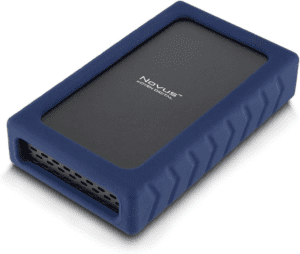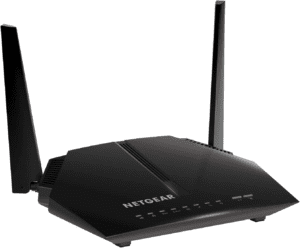SanDisk Ultra 3D NAND 250GB Internal SSD

The SanDisk Ultra 3D NAND 250GB Internal SSD is cost-checking if you are looking for a new internal solid-state drive. This drive uses 3D NAND technology, which offers better performance and reliability than traditional 2D NAND drives. We tested the SanDisk Ultra 3D NAND 250GB Internal SSD and found it very fast and reliable. This review will discuss this drive’s features and how it compares to other SSDs on the market.
Features of SanDisk Ultra 3D NAND 250GB Internal SSD
- electronics
- SanDisk Ultra 3D NAND technology for high speed and reliable storage
- Up to 560 MB/s sequential read speeds
- 3D NAND flash for higher capacity and durability
- Easy to install 2.5″ form factor
- SATA III 6 Gb/s interface
- IOPS Random Read: Up to 97K
- IOPS Random Write: Up to 88K
- The SanDisk Ultra 3D NAND 250GB Internal SSD is a high-speed and reliable storage solution that uses cutting-edge 3D NAND technology.
- With sequential read speeds of up to 560 MB/s, this drive is ideal for power users and gamers who need quick access to their data.
- The 3D NAND flash enables higher capacity and durability, while the easy-to-install 2.5″ form factor makes it an excellent option for upgrading your existing system.
- The SATA III, 6 Gb/s sites, provides compatibility with a wide range of devices, and the IOPS Random Read and Write speeds are up to 97K and 88K, respectively. Overall, the SanDisk Ultra 3D NAND 250GB Internal SSD is a great choice for anyone looking for a fast and reliable storage solution.
How to Secure Your Amazon EC2 Instance
Introduction
Amazon Elastic Compute Cloud (EC2) is a web service that provides secure, resizable computing capacity in the cloud. It is designed to make web-scale cloud computing easier for developers. In this blog post, we will walk you through the process of securing your Amazon EC2 instance.
- Launch Your Instance in a VPC
When you launch your instance, you have the option to launch it in a virtual private cloud (VPC). A VPC is a virtual network dedicated to your AWS account. Launching your instance in a VPC allows you to control the virtual networking environment, including selecting IP address ranges, creating subnets, and configuring route tables and network gateways. - Enable Security Groups
When you launch an instance in a VPC, you can assign the instance to up to five security groups. Security groups act as a firewall for your instance, controlling inbound and outbound traffic. By default, security groups allow all outbound traffic and no inbound traffic. You will need to specifically add rules to allow traffic into your instance. - Use AWS Identity and Access Management (IAM)
IAM is a web service that helps you securely control access to AWS resources. IAM gives you fine-grained control over AWS resource access and integrates with many AWS services, such as Amazon EC2, Amazon S3, and Amazon DynamoDB. IAM users have permanent access credentials that they can use to access any AWS resource, including EC2 instances.
AWS recommends that you not use root user credentials for everyday tasks or give them to other users. Instead, create individual IAM users for people who require access to your AWS resources and give them only the permissions they need by creating IAM policies. For more information on using IAM with EC2 instances, see the following documentation: https://docs.aws.amazon.com/IAM/latest/UserGuide/id_users_manage_permissions_ec2_instance-profiles.html. - Use Key Pairs
A key pair consists of a public key that AWS stores and a private key file that you store securely on your local computer (or instance). To connect to your instance using SSH, you must create a key pair and specify the name of the key pair when you launch the instance or associate one with an existing running instance. When you connect using SSH, the remote computer uses the public key to encrypt the information before sending it across the connection—only someone with access to the private key can decrypt it. If an unauthorized user tries to connect using SSH and does not have access to the appropriate private key file, he or she will receive an error message. If an authorized user tries to connect using an incorrect private or no key file, he or she will also receive an error message. For more information about working with key pairs, see https://docs.aws.amazon.com/AWSEC2/latest/UserGuide/ec2-key-pairs.
Conclusion:
Following these four steps can help secure your Amazon EC2 instance from potential threats. Launching your instance in a VPC, enabling security groups, using IAM users instead of root user credentials, and using key pairs for SSH connections can help keep your data safe and secure while using Amazon EC2 services.






